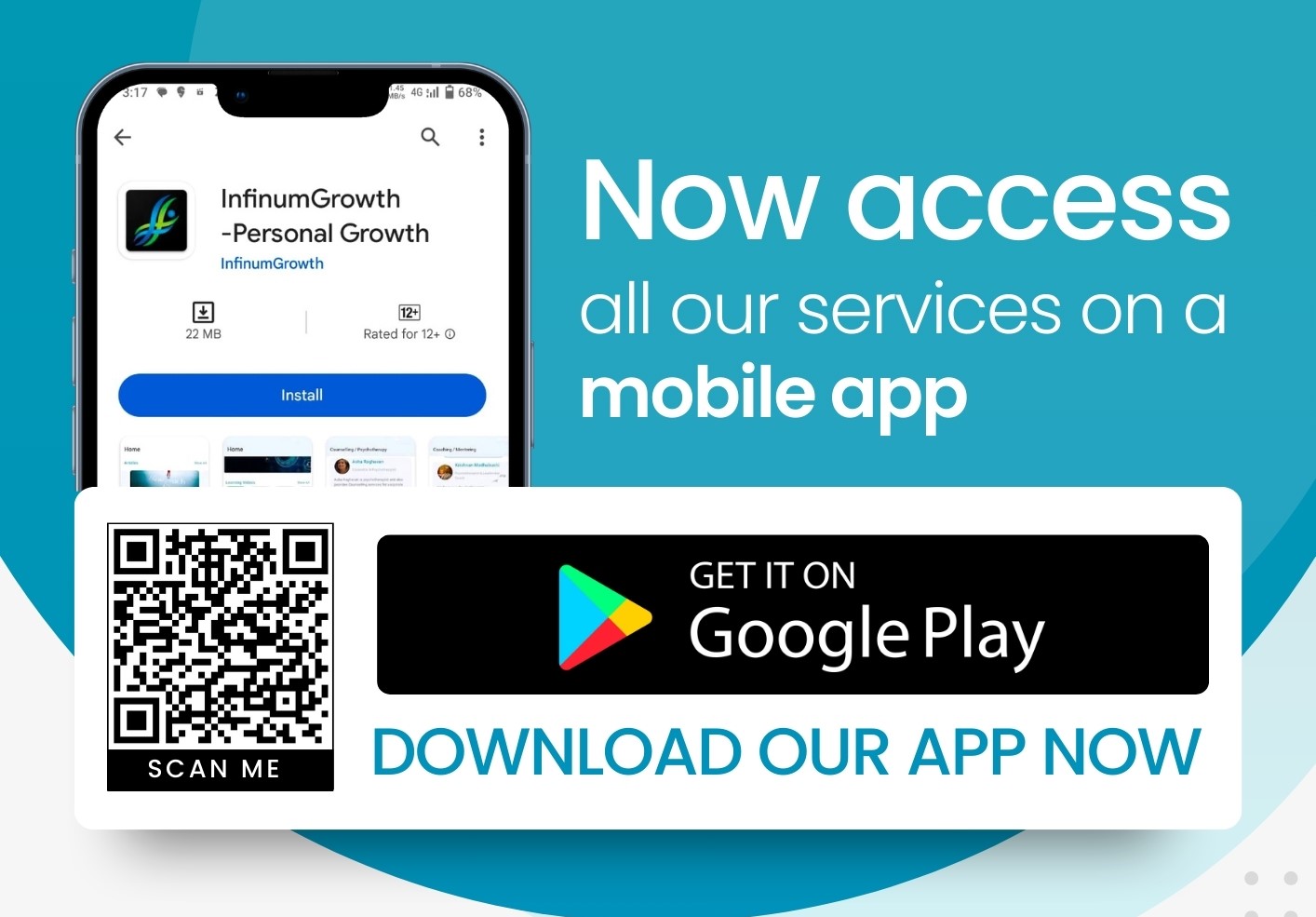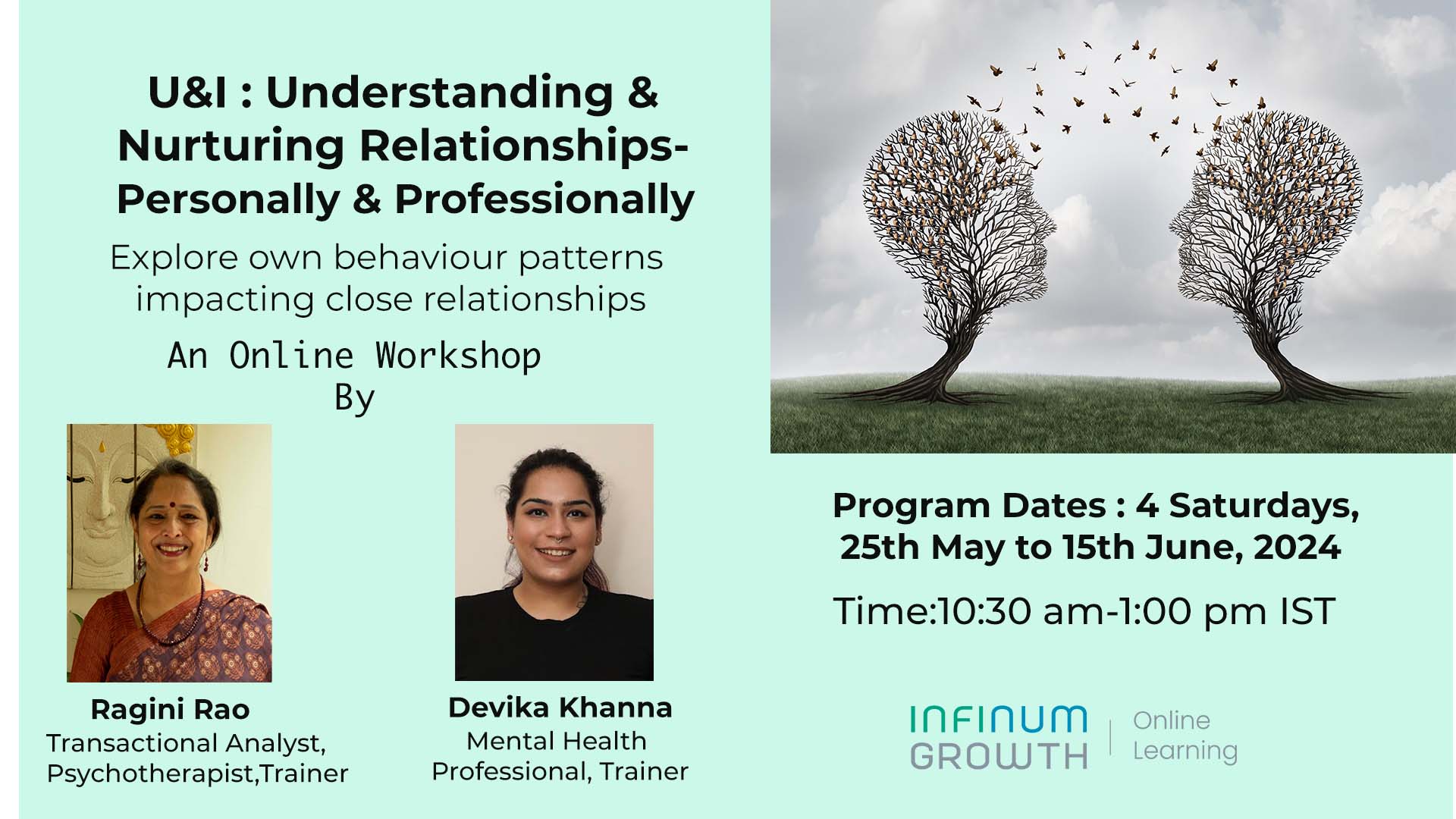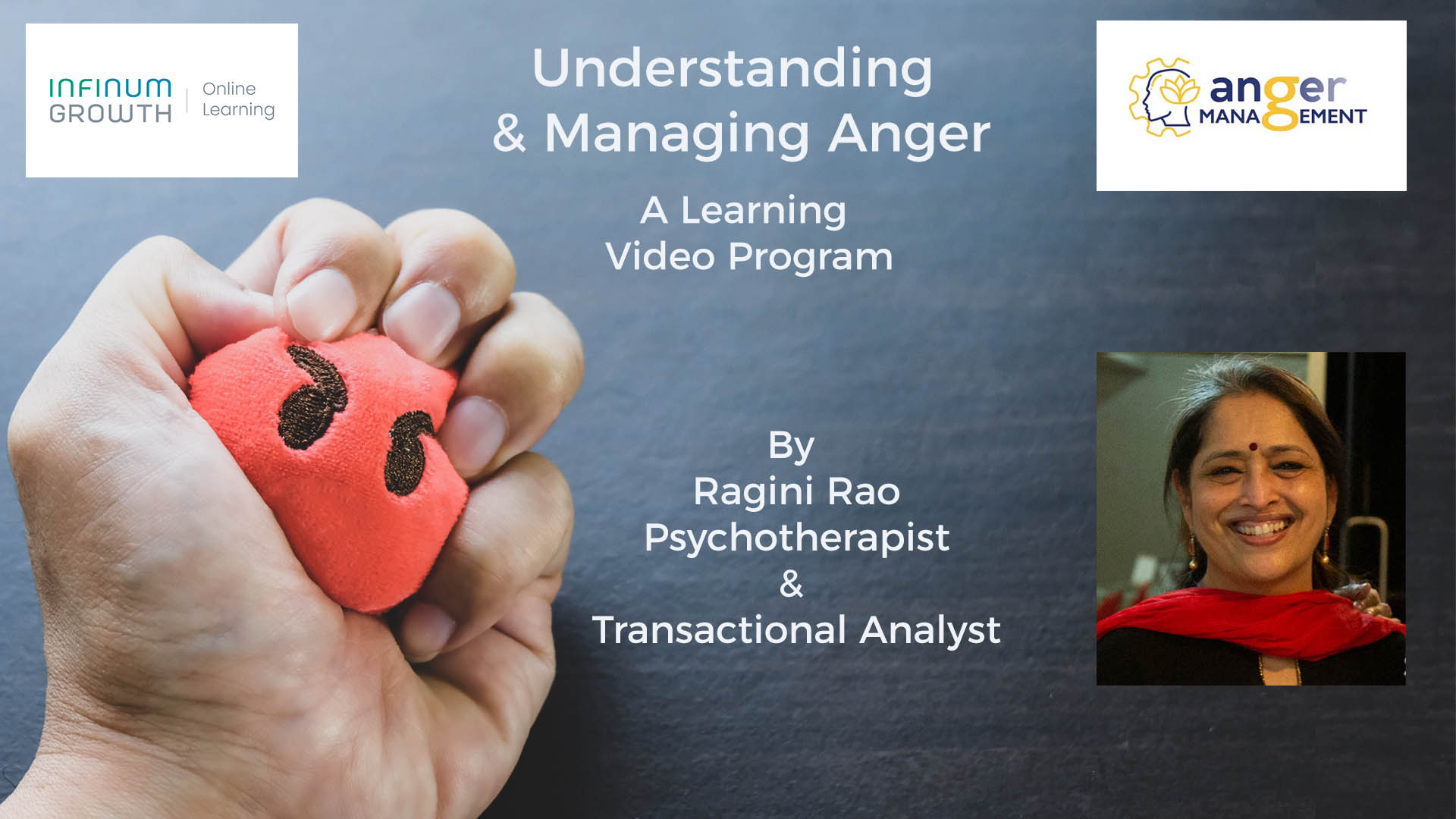How often do you find yourself wondering how a person ever got hired into a particular position? They seem to be an obvious misfit – wrong person for the role! The results of such a mismatch can range from lacklustre business results all the way to critical strategic errors. We have seen
- successful businesses fold due to strategic mistakes (MCI Worldcom, PanAm, Compaq)
- executives booted out for festering the wrong culture (Uber)
- lack of confidence in leadership (even Steve Jobs was shown the door when the board saw him take a “wrong” turn)
As much as it might seem to be really impactful at higher echelons of leadership, middle managers experience similar consequences. For example,
- Business divisions that fail due to wrong or even lack of sales strategy or effective execution
- Products that fail due to incorrect design, strategy or execution
- Missing market opportunities due to lack of awareness or foresight
- A person or team’s failure to deliver targeted results in support functions
- Confusion across the employee base on the company’s vision, strategy and direction
- Dysfunctional relationships among team members or across teams
- Misconstrued value systems that play havoc with employees’ mental and physical well being
Hiring the right fit
Which brings us to how you hire and place the right person in each role.
Recruitment is the first and perhaps one of the most critical steps, toward building that perfect team and ensuring successful execution of a business strategy. Employees are an investment, not expense. The power of recruiters over job seekers is a myth, even when there’s a glut of available candidates, because finding that right employee is one of the toughest jobs for any manager or executive.
Let us look at an example of a hiring manager, Anita, when one of the managers on her team recently took up a new position and she posted the job opening within the company’s career site. She soon received a few applications – a diverse spectrum of individuals with impressive resumes. She filtered the candidates and set up interviews with the ones that seemed to best fit the role she was trying to fill.
As much as she prided herself in being open-minded and objective in such situations, she found herself mentally ranking the candidates based on their resumes, eager to meet the top ones first. After the first couple interviews, she knew she had to step back and re-think. She needed to be clear about what qualities and qualifications she was looking for –
- An experienced manager who could quickly hit the ground running and take charge of the projects in progress or a dynamic individual, passionate and hungry to learn with little to no experience in that line of business or even that industry?
- A high energy, vivacious person with quick responses or a thoughtful, contemplative and analytical individual that weighs pros and cons before providing an opinion?
- A risk taker willing to own up to failures, learning from them to recalibrate and move on, or a cautious person that follows known, proven approaches to delivering results on time and under budget?
- An ambitious individual ready to do what it takes to prove him/herself for the next promotion or someone curious and keenly interested in solving problems at hand?
Each of these traits has its advantages and disadvantages, so there’s no perfect candidate. How can one, then, be sure about who the right person could be?
Framework for effective Recruitment
Building a logical framework helps ensure all requirements have been clearly marked out and prioritisation done on the key characteristics being sought in a candidate.
Here are a few key considerations for Anita or any such hiring manager or executive. The recruiter first needs to have personal clarity on –
1.Goals/Vision for this role over the next 12-24 months. Examples –
- Sales strategy in a fast growing industry
- Lead technological innovation within the IT department
- Invest in building a best in class workforce
2.Hard deliverables. Examples –
- A clear executable plan to align with sales strategy
- Financial plan and department level budgets
- Marketing and launch plan for a specific product
3.Leadership and Business Intelligence traits desired. Examples –
- Strategic thinking and broad perspective
- Analytics and problem solving
- Collaboration and networking
- Articulation and communication
- Visibility to senior management
- Exposure to customers and external audiences
- Flexibility and adaptability to changing priorities
- Team dynamics
Following a methodical approach for identifying the key traits needed in a candidate makes the hiring process efficient and effective. In the case of Anita, such preparation led her to conclude that she really didn’t care if the person was well-versed in her particular line of business – she needed someone that was curious, sharp, analytical and articulate; someone that would leverage their background and experience to bring a fresh perspective to solving problems.
Instead of ranking applicants based on resumes (most professional resumes portray a highly skilled and qualified individual), consider the following
- A quick initial chat with the candidates – this can provide valuable cues that will most certainly narrow the field
- In subsequent meetings, evaluate their ability to think on their feet and follow a logical thought process when presented with a problem
- Gauge the candidate’s genuine interest in your business –not someone that comes prepared with canned responses
- Look for individuals that ask YOU questions and interview you as well – these meetings ought to be conversational rather than traditional one-way interviews
- Look for how they connect with you and potentially, with the team
- In addition, have your team members meet with the candidates for an open dialogue and provide their perspectives.
In closing, I would like to re-iterate the importance of taking the time to lay out a vision for the role, focusing on critical traits needed for success and recruit after open conversations with the candidates.
All content included in this article is strictly the personal perspective of Indira Rao and not of her employer AT&T.
Please do leave your comments at the bottom and do share with others if you like this article.















Nice & well articulated article by Indira Rao.